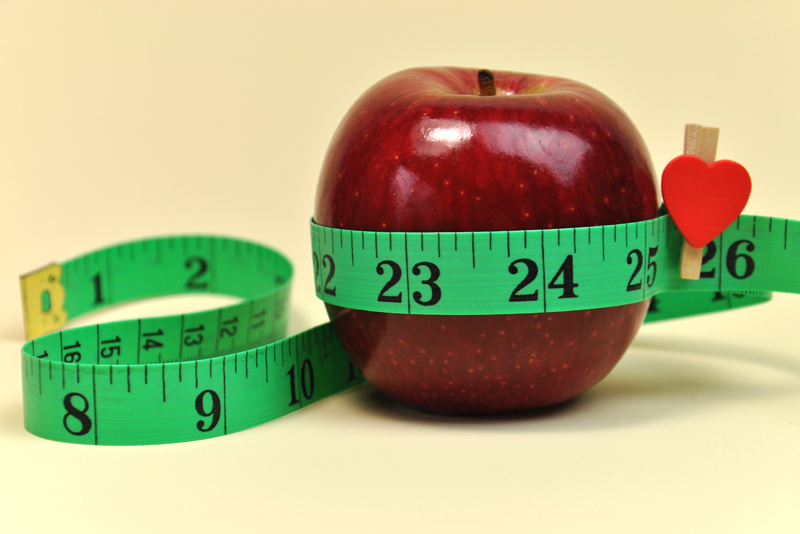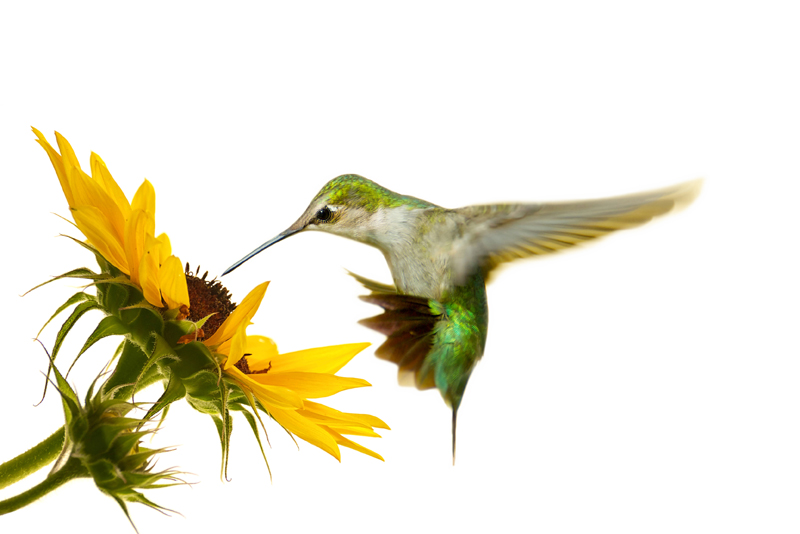Vintage Made New Again

Clothing and accessories once thought of as merely old are becoming new again. The word vintage often used broadly to describe items from a previous era has taken on a modern alluring aesthetic. At the very least vintage clothing is intriguing to look at and most definitely a challenge to reconstruct using today’s fabrics and threads.
Vintage clothing patterns can often test a competent sewer’s knowledge and skills. Older clothing descriptors on patterns like barrel cuffs, Johnny collar, juliette sleeves, dirndl skirts, bespoke tailoring, Ike Jacket, and more may cause a perplexing pause. Yet, it is interesting to find the origin of these little used or obsolete terms. Aligning vintage pattern sizing with modern figures can be taxing but manageable. Keep in mind vintage pattern sizes are much smaller than modern pattern sizing and definitely not close to today's ready-to-wear sizes.
Depending on your own generational viewpoint and subject to much debate largely anything deemed to be vintage dates from the early 1900’s to at least pre-1960’s. From that time frame up to the Y2K prediction of chaos that never was may usually be identified as retro. Another endearing subjective term.
Vintage or Antique? Name that era.
At what point does a clothing’s designation of vintage morph into antique? Are the terms interchangeable merely referring to anything old? Hard to say except that generally a designation of antique refers to items at least 100 years old. Antiques often are from the most distant past that turn up as a surviving rarity, highly unique, perhaps collectible, or worthy in a museum’s display. Vintage designated items endure mostly unscathed into modern times. They are often relatively easy to find and still functionable in their use. Vintage clothing is typically found to be from a knowable past endearing in their sentimental connection to a recent period of time.
Is a fabric yardage piece truly vintage or a reproduction?
Genuine vintage textiles are usually found to have been made of natural fibers only - mostly silk, rayon, cotton, linen or wools. Some yardage pieces of vintage textiles will have labeling on the selvedges and Internet research may find their content. Consider that most genuine vintage textiles are often not colorfast like today's modern blends, subject to shrinkage after washing, should be pre-washed by hand using a non-enzyme mild detergent, cool dry cycle in the dryer or air-dry flat on a towel. The washing instructions may give a clue if vintage or more modern. Most will require gentle pressing and ironing on low heat as they tend to wrinkle. Sunlight, over time, can seriously fade and weaken vintage fabrics. If a scrap piece of fabric it may be a guessing game as to its fiber content. Natural fibers when subject to a burn test will turn to a soft ash. Cotton, a commonly found vintage fabric, burns with a yellow flame and an odor similar to burning leaves. Modern blends containing acrylics smells acidy and will melt into droplets.
Reproduction vintage inspired fabrics are often a blend of natural and synthetic fibers, their fiber counts clearly marked when purchased by the yard and usually processed with a chemical fabric finish. They can be machine washed and dried, often no or little ironing is needed. Sunlight and fade resistant modern reproduction fabrics come in a riot of prints and solids. Unknown fabrics can be subject to a burn test. These fabrics tend to melt into smallish blobs rather than disintegrate into ash. Always be careful when subjecting unknown fabrics to a burn test. Use small one-inch squares of fabric for the test and protective coverings.
Why consider vintage clothing?
Finding and purchasing quality, vintage clothing in thrift shops, estate sales and yard sales is surely a win for sustainability and will bring a smile to the coveting wearer. With a backward glance at fast fashion (trendy, quickly made and meant to be disposable) and a forward eye to slow fashion (quality, kind to the environment, meant to last) a resurgence of interest in vintage clothing seems to be not only a win for sustainability but a return to the desire for uniqueness in clothing, an appreciation of quality sewing construction techniques and a delight in long term wearing durability.
Sew happy, sew inspired.
Vintage clothing patterns can often test a competent sewer’s knowledge and skills. Older clothing descriptors on patterns like barrel cuffs, Johnny collar, juliette sleeves, dirndl skirts, bespoke tailoring, Ike Jacket, and more may cause a perplexing pause. Yet, it is interesting to find the origin of these little used or obsolete terms. Aligning vintage pattern sizing with modern figures can be taxing but manageable. Keep in mind vintage pattern sizes are much smaller than modern pattern sizing and definitely not close to today's ready-to-wear sizes.
Depending on your own generational viewpoint and subject to much debate largely anything deemed to be vintage dates from the early 1900’s to at least pre-1960’s. From that time frame up to the Y2K prediction of chaos that never was may usually be identified as retro. Another endearing subjective term.
Vintage or Antique? Name that era.
At what point does a clothing’s designation of vintage morph into antique? Are the terms interchangeable merely referring to anything old? Hard to say except that generally a designation of antique refers to items at least 100 years old. Antiques often are from the most distant past that turn up as a surviving rarity, highly unique, perhaps collectible, or worthy in a museum’s display. Vintage designated items endure mostly unscathed into modern times. They are often relatively easy to find and still functionable in their use. Vintage clothing is typically found to be from a knowable past endearing in their sentimental connection to a recent period of time.
Is a fabric yardage piece truly vintage or a reproduction?
Genuine vintage textiles are usually found to have been made of natural fibers only - mostly silk, rayon, cotton, linen or wools. Some yardage pieces of vintage textiles will have labeling on the selvedges and Internet research may find their content. Consider that most genuine vintage textiles are often not colorfast like today's modern blends, subject to shrinkage after washing, should be pre-washed by hand using a non-enzyme mild detergent, cool dry cycle in the dryer or air-dry flat on a towel. The washing instructions may give a clue if vintage or more modern. Most will require gentle pressing and ironing on low heat as they tend to wrinkle. Sunlight, over time, can seriously fade and weaken vintage fabrics. If a scrap piece of fabric it may be a guessing game as to its fiber content. Natural fibers when subject to a burn test will turn to a soft ash. Cotton, a commonly found vintage fabric, burns with a yellow flame and an odor similar to burning leaves. Modern blends containing acrylics smells acidy and will melt into droplets.
Reproduction vintage inspired fabrics are often a blend of natural and synthetic fibers, their fiber counts clearly marked when purchased by the yard and usually processed with a chemical fabric finish. They can be machine washed and dried, often no or little ironing is needed. Sunlight and fade resistant modern reproduction fabrics come in a riot of prints and solids. Unknown fabrics can be subject to a burn test. These fabrics tend to melt into smallish blobs rather than disintegrate into ash. Always be careful when subjecting unknown fabrics to a burn test. Use small one-inch squares of fabric for the test and protective coverings.
Why consider vintage clothing?
Finding and purchasing quality, vintage clothing in thrift shops, estate sales and yard sales is surely a win for sustainability and will bring a smile to the coveting wearer. With a backward glance at fast fashion (trendy, quickly made and meant to be disposable) and a forward eye to slow fashion (quality, kind to the environment, meant to last) a resurgence of interest in vintage clothing seems to be not only a win for sustainability but a return to the desire for uniqueness in clothing, an appreciation of quality sewing construction techniques and a delight in long term wearing durability.
Sew happy, sew inspired.

Related Articles
Editor's Picks Articles
Top Ten Articles
Previous Features
Site Map
Content copyright © 2023 by Cheryl Ellex. All rights reserved.
This content was written by Cheryl Ellex. If you wish to use this content in any manner, you need written permission. Contact Cheryl Ellex for details.







